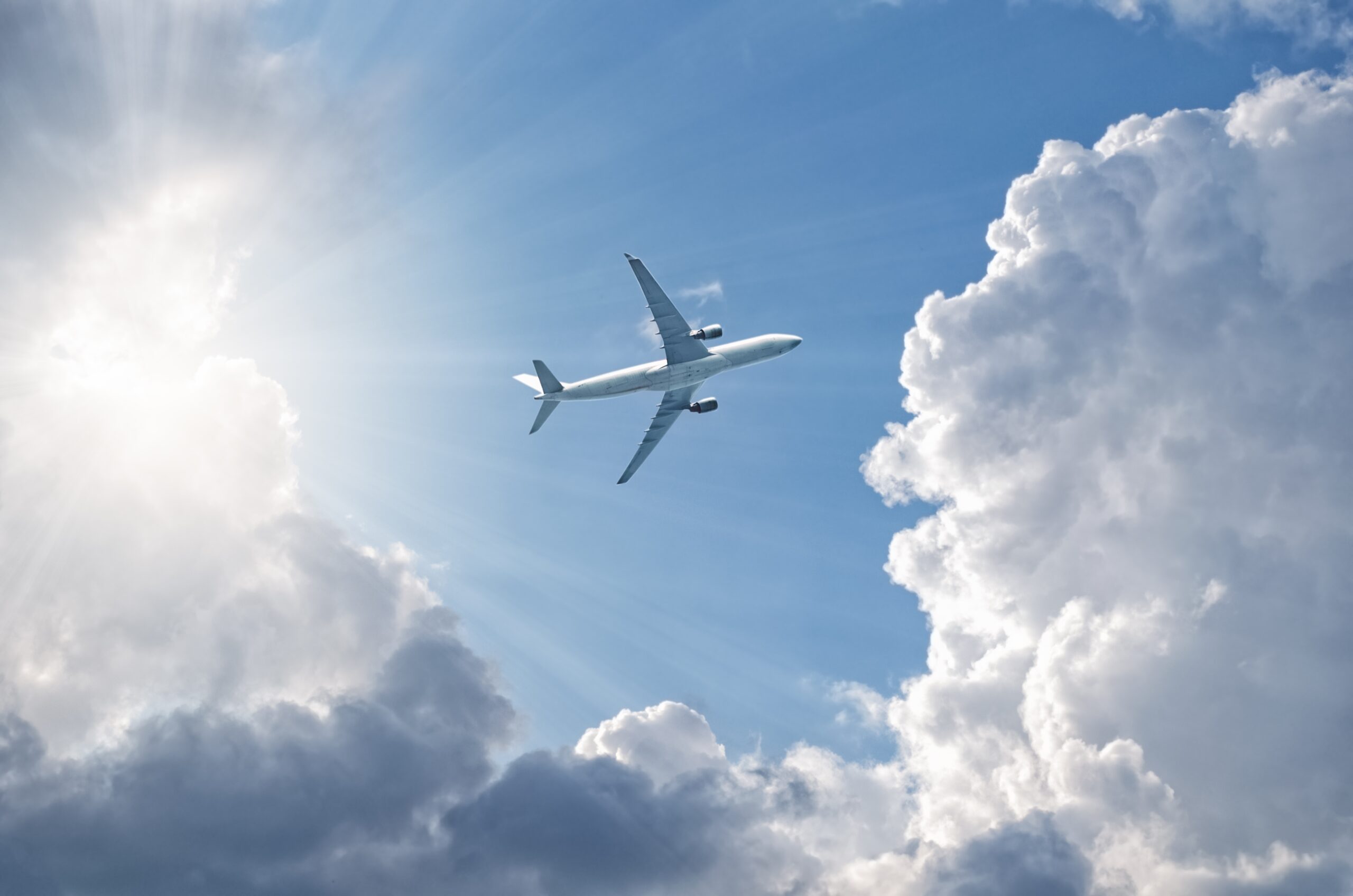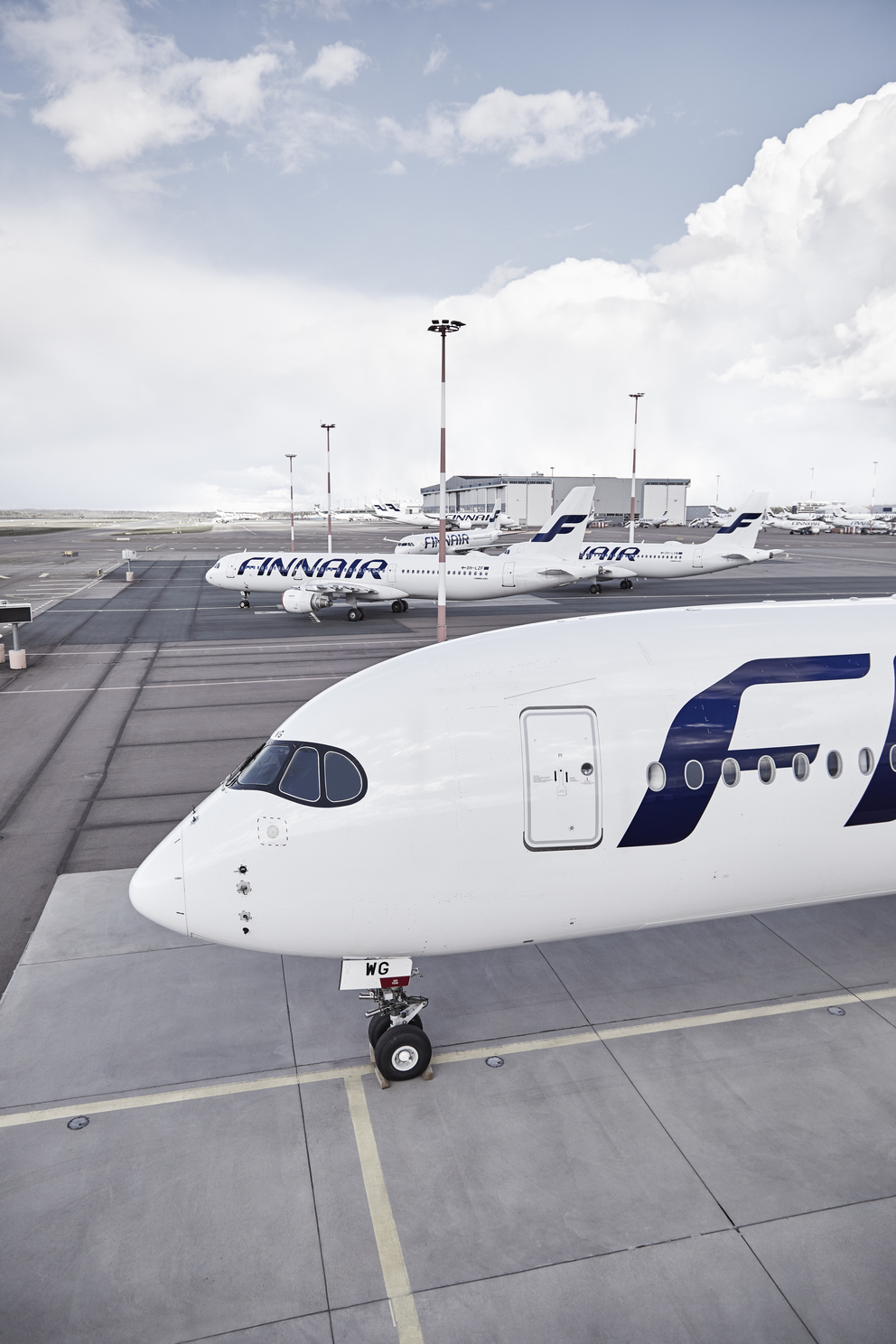
How Exactly Can Data & AI Reduce Flight Delays?
A day in the life of an aircraft delay - what causes delays, what are the knock-on effects, and what can be done to improve things?
Aviation delays are a disaster. They can ruin Thanksgiving, holidays and business plans. Additionally, they have a major cost implications for the airline, from passenger compensation and labor expenses, to imposed costs from ground operations, increased fuel burn producing more carbon emissions and reputational damage.
Combined these costs in 2018 hit US airlines with an eye-watering 28B USD impact. For context, that’s bigger than the market cap of any airline globally.
In 2023, normal operations average costs related to fuel, crew, maintenance and aircraft ownership amount to 101 USD per block minute, with fuel being the largest chunk at 41%. This makes delays a real time quantifiable loss generator.
In short: delays are serious business.
The environmental impact of a flight delay is also considerable. When a commercial aircraft is in a delay-caused holding pattern at a mid to low flight level, it’s burning fuel at up to 40% of cruise rate. This produces additional carbon emissions and costs.
Delays also have a negative impact on customer satisfaction and experience. It’s very easy to blame the airline for the inconvenience caused, but generally the airline is responsible for less than a third of delays.
Clearly something needs to change.
So what are the causes of an aircraft delay?
First we need to consider the overall process in getting an aircraft full of passengers from one airport to another. It’s a dynamic system with many assets, regulations, locations, stakeholders and steps that need to be carefully coordinated for the service to function.
Once an opportunity for a delay to start occurs, the delay will propagate like a virus throughout the system, hopping from subsystem to subsystem and feeding on the operational interference it introduces at each hop.
The delay gets bigger until shrinking efforts are taken or the delay is absorbed into the system's operation. Either way, it's expensive.
A delay of sufficient magnitude will rarely remain in a single airport, further compounding the problem.
Flight delays fall into the following broad categories
40% Late arrival of inbound aircraft
30% Airlines’ own operations as the cause
25% ATC decision
5% Weather
The largest category is late arrival of inbound aircraft, showing us how the viral growth of a delay and the propagation of the delay throughout the system.
Why is this still happening?
The off-block turnaround process is loaded with opportunities for a delay to enter the system as there are so many stakeholders that need to be coordinated in a very short period of time.
Think about each of them: Crew arriving late, missing passengers, cleaning, maintenance, refueling, catering, baggage, cargo, airport security, gate and underwing operations.
Some of these steps must happen in a specific order, leading to waiting of stakeholders, and so causing delays to other arrivals, departures, knock-on effects to other airports. The problems can snowball.
Causes for these delays are varied, but (with the exception of weather and ATC), share a common thread:
Poor measurement leading to a lack of assessment, bad stakeholder communication and no realtime preventative action.

Finnair's 7-month data centre exit
See how with a unique cloud migration approach, Finnair achieved a complete data centre exit in just 7 months.
What’s the solution to flight delays?
Tighter cooperation, communication and data sharing between all stakeholders involved in this system is required.
For sure, delays cannot be totally removed, there will always be outlier events out of any control. However, the routine operations that get an aircraft from one airport to another can be streamlined, bit by bit.
I advocate the approach of using data sources that are already available and applying real time analysis of a few key metrics, to start with.
For example, video feeds of off-block operations can be analysed by cloud-native AI tools and used to measure and predict the state of the aircraft turnaround. These assessments can be communicated to relevant stakeholders, indicating which interventions are needed to get the system back on schedule.
This can be a low-cost technological intervention with immediate and measurable operational benefits. As in all data and analytics projects, it’s of paramount importance that use-cases be small and well defined, to ensure that the benefits appear quickly and can easily be understood.
This is just the starting point, from here you can continue to integrate more data sources and expand the use cases to include more influencing factors that cause delays.
Use cases for airlines

Here are a few opportunities for airlines to really own the data that’s available to them and improve operations:
Predict delays
Identify potential delays before they occur. ML can recognise patterns in flight delays caused by factors such as weather, air traffic, and maintenance issues, so airlines to take proactive measures to mitigate knock-on effects to schedules, routes, and resources.
Improve communication
Facilitate real-time data visibility, communication and collaboration between various stakeholders in the airline ecosystem, including pilots, ground staff, air traffic control, maintenance crews, and passengers., leading to quicker problem-solving and reduced delays.
Optimise resource management
Optimise crew availability, duty hours, and rest periods. This enables airlines to ensure that crews are well-rested and available for their flights, reducing delays caused by crew-related issues.
Predict maintenance
Process data from aircraft sensors and maintenance records to predict when maintenance issues might arise. By addressing potential maintenance problems proactively, airlines can avoid unscheduled maintenance delays.
Improve passenger flow
Monitor passenger flows, such as check-in lines, boarding procedures and disembarking. This can lead to more efficient passenger handling and reduce the time passengers spend waiting at various stages of their journey.
Continually improve
Store and analyse long-term data trends, helping airlines identify and address areas of operation that consistently lead to delays.
Need help getting started?
As a cloud-native European leader in public cloud services, we’re working with airlines to improve operations and customer experiences. A key part of this is delivering maximum value to those seeking insight from data.
Together, we can work towards making the unnecessary aircraft delay a thing of the past.
Get in Touch.
Let’s discuss how we can help with your cloud journey. Our experts are standing by to talk about your migration, modernisation, development and skills challenges.




